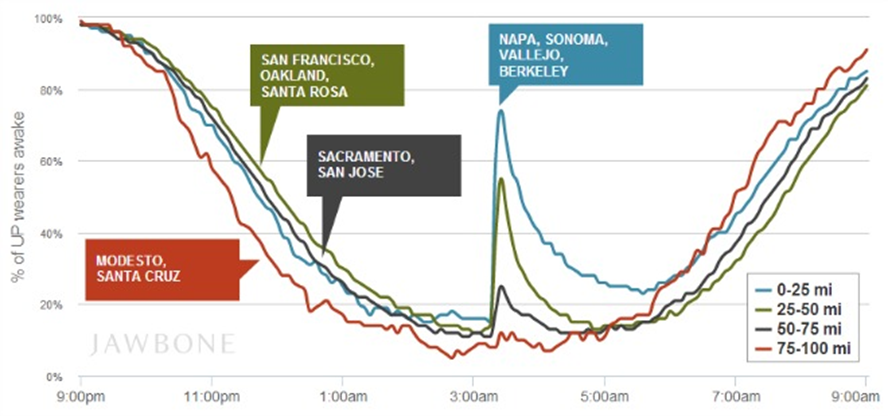Amid the extravaganza of the Apple Watch and iPhone product launch this week, Apple also unveiled Apple Pay – a new mobile digital payment system, which is being touted by some as death for the “plastic†credit card.
By registering your MasterCard, Visa, and American Express cards to your Apple Pay wallet through iTunes, you will be able to use your Apple devices (the newly announced iPhone 6 and forthcoming iWatch) to make easy and secure mobile payments to merchants.
The payment system uses a one-time transaction-specific dynamic security code –meaning your actual credit card number never gets transferred to the merchant and reduces the chance of fraud. You can hear immediate analysis from our Tony Anscombe on Bloomberg TV here.
Lots of information around implementation remains to be seen. However, the Apple pay system does boast early support by major credit card companies and banks.
Apple is using short-range radio waves technology known as NFC (near-field communication), in both its smartwatch and the new iPhones in support of the application. NFC has been a feature in many other smartphones (including by Google) but has failed to take hold to date. Market researcher Gartner estimated NFC was used for just 2% of total mobile payments last year, though expected to nearly double to $8.2 billion this year. Up until now, analysts say banks couldn’t see a business case for NFC instead of simply issuing their own smart cards.
Smart cards aka EMV cards (an acronym for Europay MasterCard and Visa) are revamped credit cards with microchips that store your data on the card. This approach also limits the retailer from holding your data; data resides on your card and the embedded microprocessor chip encrypts transaction data differently for each purchase.
The catch with the chip cards, until now, is that most retailers don’t have the technology for them yet…But that is also expected to change quickly. Walmart is already there.  Major retailers like Target and Home Depot have announced plans to roll out the EMV payment systems. I just received replacement Amex card with the EMV technology.
(BTW, in other related news, Home Depot revealed this week that its payment systems had been hacked, possibly compromising customer data over its 2,000+ outlets in the U.S and Canada. This is potentially a bigger data breach than the one that unfortunately befell Target last December.)
There is also added incentive for EMV adoption: in October 2015, new standards will go into effect, changing how liability falls between credit-card issuers and retailers. While EMV compliance won’t be mandatory, liability for fraud will fall on the party that hasn’t upgraded their systems. You can read more about EMV and the upcoming so-called “liability shift†here.
In the meantime, what can you as a consumer do to keep your credit data safe?
Here are a few recommendations:
- Report lost cards or discrepancies immediately.
- Review your account often.
- Keep your receipts, and match them against your credit card statement.
- Shred your statements.
And what if you are a business owner? You should familiarize yourself with EMV, and the upcoming standards, and if possible, look to upgrading to a credit-card machine that is EMV capable.  (You can also take AVG’s data security Health Check to make sure you are on top of your responsibilities in the case of any data compromises.)
We in the industry are working to evolve data security and make it better. In the meantime, as a consumer, an owner or an operator, stay alert and protect yourself.
One thing is for certain, we are on the verge of a whole new era of credit card security risks.
****
On a separate note: Congratulations to Megan Smith on her appointment as the US Â CTO. Bravo!


![]()
![]()
